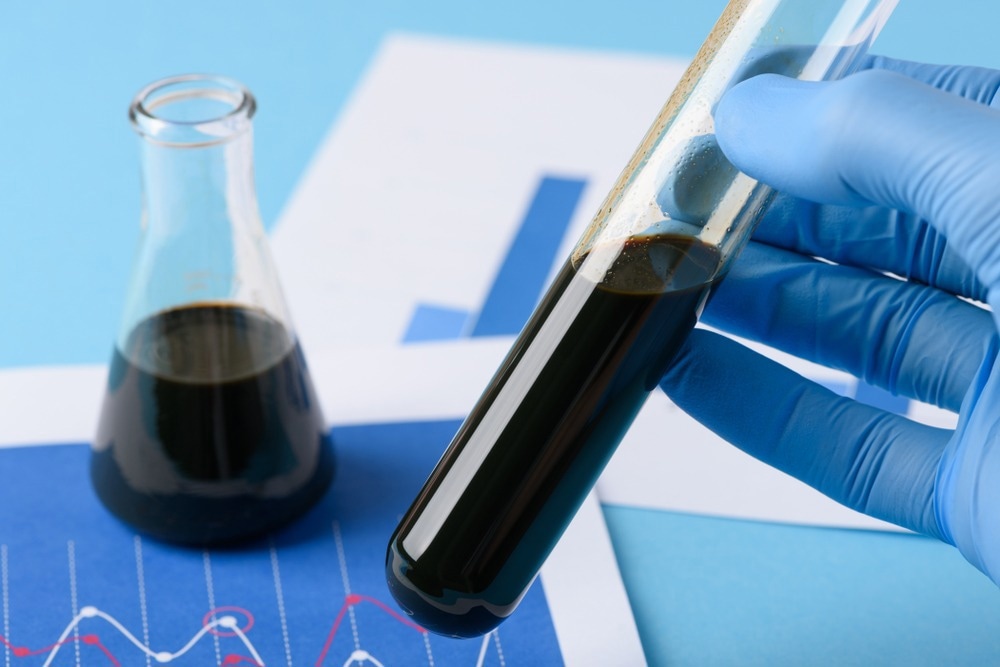Nanotechnology Utilized in New Enhanced Oil Recovery Method
A novel enhanced heavy oil recovery approach was presented by integrating a conventional weak alkaline (sodium carbonate) alkaline–surfactant–polymer (ASP) flooding technique with silica nanoparticles.

This innovative approach has the potential to improve oil recovery, minimize costs of chemical agents, and eliminate alkali deposits and formation erosion.
The Need for Enhanced Heavy Oil Recovery
With the development of traditional reservoirs in their latter stages, the water content in generated fluids stays large, culminating in a fast drop in reservoir output. After secondary production, fewer than 15% of the natural reserves were retrieved because the undesirable oil-water movement ratio during injection, wettability of reservoirs, and heterogeneous nature.
As a result, it is critical to apply modern technologies to the currently exhausted reservoirs. The use of chemical reagents in this field is thought to be the most effective tertiary method for enhanced heavy oil recovery.
Alkaline-Surfactant-Polymer Methods
Tertiary recovery methods, notably ASP procedures, have proven to be successful chemically enhanced heavy oil recovery processes in certain reservoirs. An ASP technique integrates higher macro-scale swept polymer efficiency as a result of decreased injected water movement with improved micro-scale displacement effectiveness of surfactants (in situ as well as additive saponification).
In contrast with the water injection technique, enhanced heavy oil recovery offered by ASP solution injections technique may be as much as 20% higher.
Nanoparticles in Heavy Oil Recovery Techniques
Combining classical chemical reagents (polymer/surfactant flooding) with nanoparticles has been suggested as an enhanced heavy oil recovery technique.
A polymeric nanofluid is composed of NPs and a polymeric solution. Owing to the lower water-oil movement ratio and the higher displacement oil efficacy, polymeric nanofluids are gaining popularity.
The adsorption of hydrogen bonds and charges among NPs and polymeric molecules boosts the rheological characteristics of the polymeric nanofluid, making it much more resistant to salt and heat.
Research suggests that electrostatic repulsive forces may limit the binding of polymer-grafted hydrophilic NPs on the hydrophobic rock surface. NPs have been shown to boost oil production by modifying the wettability of rock surfaces and lowering interfacial tension.
Limitations of ASP Methods
While ASP processes provide numerous benefits with respect to enhanced heavy oil recovery, higher alkali levels may also produce issues, like alkali scale deterioration, higher expenses, and a significant reduction of the pump-checking cycle.
Addressing these obstacles is crucial for lowering operating costs and enhancing oil recovery effectiveness. Keeping this in view, the team developed a multi-composite flooding approach that combines ASP with silica NPs.
Findings of the Study
The synergistic effects of ASP with silica NPs were carefully investigated using static testing, core displacement testing, and microfluid experiments.
The ASP and ASP/silica solution's interfacial tension values remained low. A mildly alkaline ASP changed the wettability of the rock surface from lipophilicity to weak hydrophilicity. In comparison, the mildly alkaline ASP/silica mixture could quickly convert the neutral wettability of a rock surface to high hydrophilicity.
The recovery of oil improved by 6.67 percent when ASP/silica nanoparticle mixtures were used following water flooding, in comparison with ASP-only solutions. The ASP/silica mixture outperformed the ASP mixture in terms of swept volume and displacement efficiency.
The ASP/silica mixture performed better in emulsification and snap-off compared to a hydrolyzed polyacrylamide/ASP mixture. Droplets of ASP emulsion were more likely to agglomerate, suggesting low thermodynamic stability.
Despite the fact that the ASP/silica droplets collided and distorted extensively, no agglomeration was observed, indicating high thermodynamic, viscoelastic, and kinetic stabilities.
As the silica NPs bound on the emulsion surfaces may act as a deterrent to agglomeration, the emulsion's stability was improved. Greater stability translates to higher microforce acting on a droplet of oil.
Oil droplets were, therefore, more readily pushed and drawn out by emulsion droplets. It showed that the ASP/silica emulsion extracts more oil.
International Conference on Advanced Nanomaterials and Nanotechnology
1st Edition of NANO | 15-16 December 2022 | Dubai, United Arab Emirates (Hybrid)
Comments
Post a Comment